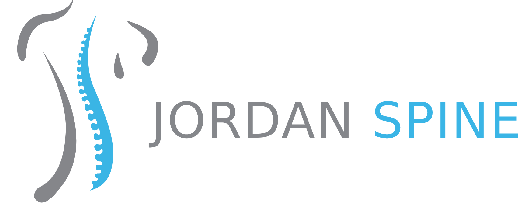Content
We incorporate the use of Feedback Informed Treatment at all levels of care. Calls to numbers on a specific treatment center listing will be routed to that treatment center. Calls to any general helpline (non-facility specific 1-8XX numbers) could be forwarded to SAMHSA or a verified treatment provider. Calls are routed based on availability and geographic location. It is significant to note that patients in alcohol and drug treatment programs who become involved with a religious community after treatment have lower relapse rates than those who do not. AA emerged in the midst of the Great Depression and in the aftermath of the Prohibition Period in the United States.
Another self-help group, Narcotics Anony-mous, is composed of individuals who are recovering from dependency on drugs. The Minnesota/Hazelden or 12-Step Model has been evaluated empirically in diverse populations. The model has been compared to other forms of treatment in quasi-experimental and randomized experimental designs. These studies mostly have found higher rates of abstinence, psychosocial functioning, and participation in TSOs among those who received 12-step–oriented treatment. At the most basic level, Alcoholics Anonymous (AA) is a large network of small groups who use the 12 steps as a guide to overcome alcoholism and live sober, happy lives.
What’s the Purpose of the Twelve Steps?
AA members share their experience with anyone seeking help with a drinking problem; they give person-to-person service or “sponsorship” to the alcoholic coming to AA from any source. The AA program, set forth in the Twelve Steps, offers the alcoholic a way to develop a satisfying life without alcohol. Every individual who takes part in an AA group is advised to read the Big Book, the bible of the organization. The Big Book provides stories of inspiration and recovery resources that will help you on your journey to achieving long-term sobriety. In it, the book explains both the 12 steps and 12 traditions of AA.
- You can also use our platform to easily access and hold meetings online.
- Alcoholics Anonymous is usually listed in the white pages of most local telephone books.
- We do not receive any commission or fee that is dependent upon which treatment provider a caller chooses.
In addition, our outcomes are real, and used in our clinical decision making for each client. We are FIT outcome trained and are also a FIT outcomes training facility. Plainly, this means that we incorporate the feedback of each client into their episode of treatment. This allows us to monitor and predict if our clients our trending towards a positive or negative outcome.
AA Video for Legal and Corrections Professionals
Genetics only accounts for about 50% of the risk of developing an alcohol disorder. And although people who have alcohol or other drug problems do sometimes have significant cognitive deficits they generally occur after alcohol and other drug use begins, and they are usually temporary. When people participate in risky behavior or binge drinking episodes they may suffer from alcohol use disorder.
In this circumstance, individuals may need to be vulnerable about how their addiction has impacted their loved ones. Attendees may share stories and include commentary surrounding their journey of sobriety. There may be others who interject and support or share their story, or provide advice for others’ knowledge. AA understands some people may not feel comfortable sharing intimate details during their first visit. As time goes on, most people find great healing and therapy through the open and honest discussions these meetings provide.
Sobriety in AA: We made changes to stop drinking
Primary care physicians should be aware of the AA groups in their geographic area and also should know their patients’ sobriety anniversaries to be supportive and to acknowledge their accomplishments in the recovery process. Founded by Bill Wilson and Dr. Bob Smith (both recovering alcoholics) in 1935, Alcoholics Anonymous began as a community-based fellowship to encourage sobriety for other recovering alcoholics. The pair developed the 12 steps to govern AA meetings, and later introduced the 12 traditions to help further define the group’s purpose.
What is the concept of Alcoholics Anonymous?
Alcoholics Anonymous is a fellowship of people who come together to solve their drinking problem. It doesn't cost anything to attend A.A. meetings. There are no age or education requirements to participate. Membership is open to anyone who wants to do something about their drinking problem.
While working together, an idea struck to create Alcoholics Anonymous (AA). Immediately, both of them started to work with alcoholics at Akron’s what is alcoholics anonymous City Hospital where a patient successfully achieved sobriety. The three men together decided to start AA although, the name came later.
Why Goal-Setting Will Be More Powerful Than Resolutions in 2021
There are some readings, and then people take turns sharing their experience, strength, and hope. Others stay and clean up and still more talk about how to stay sober and live meaningful lives. There are two ways to think about AA – How it works for an individual, and how it works as a group. Similarly, the individual groups and meetings follow the 12 Traditions.
If you are attending an AA meeting for the first time you are encouraged to listen with an open mind. The power that the Big Book refers to https://ecosoberhouse.com/article/alcohol-withdrawal-symptoms-stages-and-treatment/ as ‘God’ can be of your own understanding. It is important to understand that this power does not have to be a religious God of any kind.
